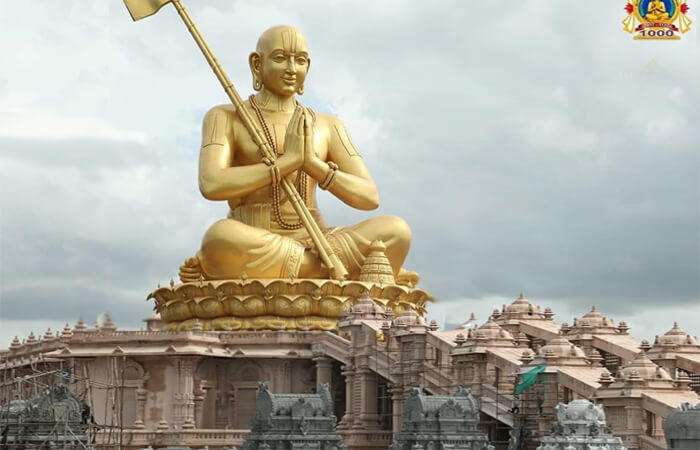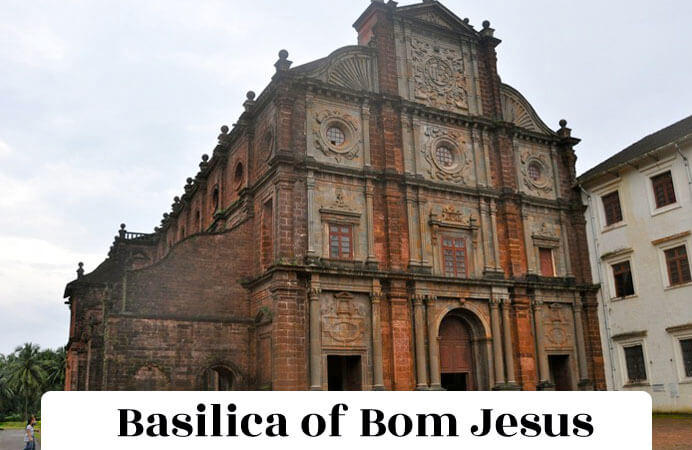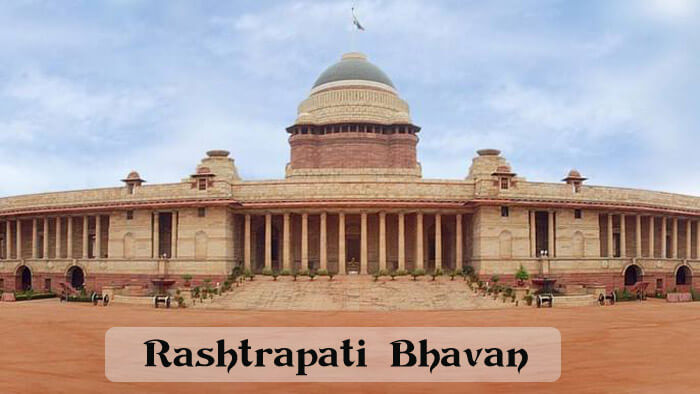India Gate, Delhi – Information, History, Facts

Location: Near Connaught Place, Delhi
Designed By: Edwin Lutyens
Founded In: 1921
Significance: War Memorial of martyred soldiers
Best Time to Visit: Late evening
History

India Gate is a magnificent monument, situated near the famous Connaught Place market of New Delhi. The edifice was constructed as a commemorative structure, in the memory of the soldiers who lost their lives while fighting in World War I. Falling on the Rajpath India Gate stands tall at a height of 42 m. It is a very popular picnic spot and people from all over Delhi come here to enjoy and relax, especially on summer evenings. India Gate is also known as the All India War Memorial.
Suggested Read: Delhi – Culture and Tradition
Description

Edwin Lutyens, who was the man behind the design and construction of the entire New Delhi, designed this monument also. The foundation stone of India Gate was laid down in the year 1921, by His Royal Highness, the Duke of Connaught. Almost ten years later, the monument was dedicated to the country, by the then Viceroy, Lord Irwin. India Gate, an “Arc-de-Triomphe“, comes across as a gateway in the middle of a crossroad. It is designed in the shape of an arch, which stands on a low base of red Bharatpur stone.
Suggested Read: Alai Darwaza

The arch of India Gate mounts in stages to a huge cornice, underneath which Imperial suns have been inscribed. Both the sides have been inscribed with the word ‘India’, which is flanked by the dates MCMXIV (1914) on the left and MCMXIX (1919) on the right. There is a shallow domed bowl at the top, which was initially intended to be filled with burning oil on special occasions. However, this practice is not in vogue today. The names of the martyred British and Indian soldiers of the Afghan war of 1919 have been written on the Indian Gate.

Suggested Read: Red Fort – Lal Quila
Another memorial, Amar Jawan Jyoti, was added to the existing structure of India Gate after the country became independent. It is an arched memorial that has an eternal flame, which keeps on burning day and night. The everlasting flame was lighted as a mark of respect to the soldiers who laid down their lives in the India-Pakistan War of 1971. India Gate is encircled by a number of fountains, which are beautifully lit at night. The monument should be visited after dusk when it is magnificently floodlit.
Suggested Read: North Indian Culture
10 Interesting Facts about India Gate

1. India Gate has a height of 43 meters and is the largest war memorial in the world. The entire structure is made of marble stone and the words written on it are in yellow sandstone.
2. Do you know India Gate is India War Memorial was formerly known as Kingsway in ancient times and its design was designed by Sir Edward Lutyens.
3. The statue in front of India Gate had a statue of George V, the emperor during that time, in the umbrella which was later removed from it and installed in Coronation Park along with some other statues.
Suggested Read: Qutub Minar Delhi
4. You will be proud to know that India Gate was built in memory of more than 80,000 Indian soldiers who died in the First World War.
5. If you look at it closer you will find names inscribed on the walls. The names of 13300 officers and loggers are inscribed on India Gate. That includes officers and soldiers from the United Kingdom.

Suggested Read: Jantar Mantar Delhi
6. The immortal Amar Jawan Jyoti always burns on the four corners under the India Gate, which was commemorated in the year 1971 in the memory of the soldiers who took part in the Indo-Pak war. The flame called Amar Jawan Jyoti burns 24*7 all the time.
7. The foundation of India Gate was laid by the Duke of Connaught on 10
February 1921 and it took a full 10 years to build this monument. The monument was inaugurated on February 12, 1931.
8. Along with Indian tourists, foreign tourists also visit this gate to see India Gate. It has incredible surroundings of lush green lawns where most people have a great time at night and even day to have some good moments with friends and families.
Suggested Read: Humayun Tomb Delhi

9. In the evening, it is illuminated by the lights around India Gate. Which creates a grand scene that gives a pleasant feeling to our eyes.
Suggested Read: Lotus Temple
10. India is engraved on both sides along with dates that have MCMXIX (1919) and MCMXIV (1914). You can also see the Rashtrapati Bhavan near this monument.






